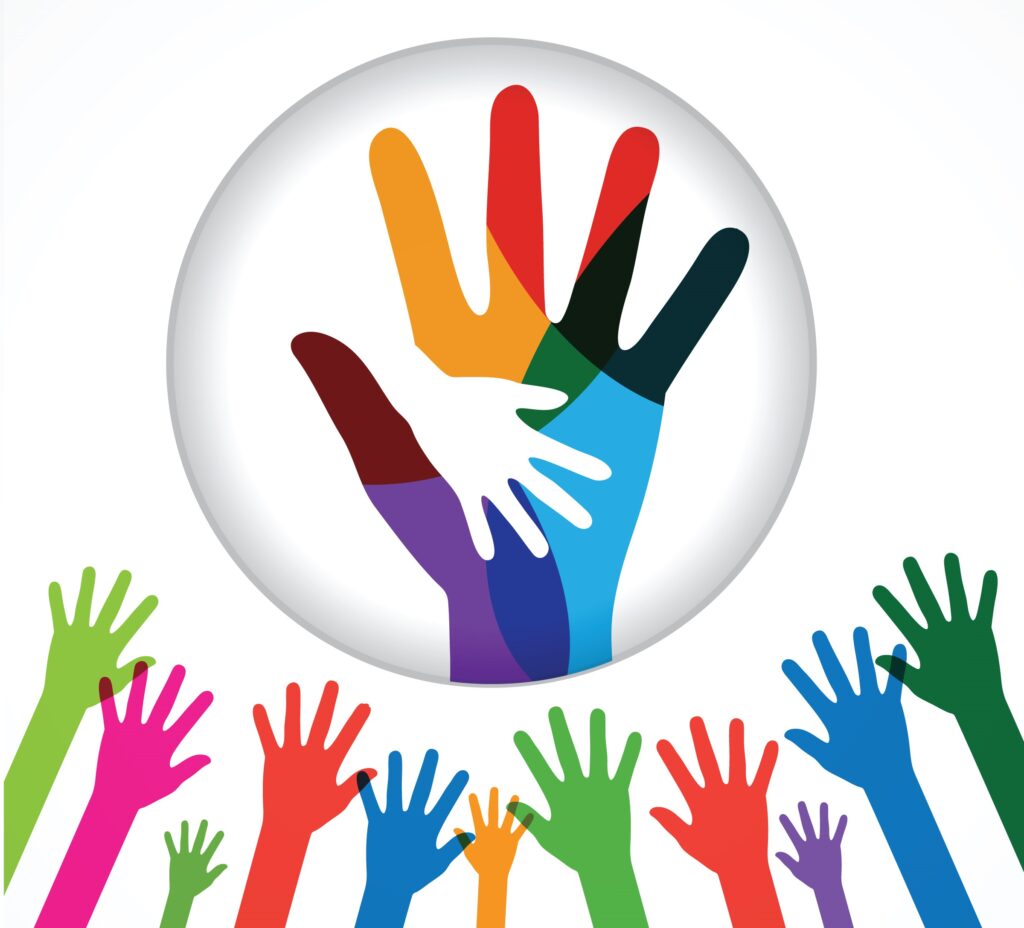June 20th was World Refugee Day. The United Nations established World Refugee Day 15 years ago to mark the fiftieth anniversary of the 1951 convention relating to the Status of Refugees. This year’s observation was particularly significant as the refugee crisis has reached an unprecedented scale in the modern era.
According to a Pew Research Center analysis released this week, in 2015 a record 65.3 million people were displaced from their homes (either as asylum-seekers, internally displaced or refugees), including 12.5 million Syrians (or 60% of the entire Syrian population). Over half the world’s refugees are children and almost 7% of all first-time asylum applications were filed by unaccompanied minors in 2015. While the West, the European Union, and the United Nations focus on the increasingly urgent task of resettling refugees and addressing the underlying problems that have created the crisis, another, less visible consequence of the crisis is being largely left unaddressed.
International development aid has been generally rising since 2007 when the world’s developing countries were disproportionately affected by the banking crisis. The United Nations’ goal for development aid from each country is 0.7% or more of Gross National Income (GNI). Only a handful of countries have reached this benchmark. The Organisation for Economic Co-operation and Development (OECD) tracks development aid contributions—referred to as Official Development Assistance or ODA—of the 28 individual countries (and the European Union as an entity) that are members of its Development Assistance Committee (DAC). In 2015, the combined ODA of the DAC member countries was only .3% of their combined GNI, largely unchanged from 2014.
The allocation of development aid to various sectors has changed as have the needs of the world’s poorest countries. The refugee crisis has appropriately prompted not only attention but also funds from the wealthiest countries. Although the OECD announced earlier this year that ODA rose by 6.9% between 2014 and 2015 by OECD DAC members, this number is deceptive as that increase is largely due to an increase in humanitarian aid and in-donor refugee costs. The OECD commented that “the rise in refugee costs did not significantly eat into development” aid; however, ODA excluding in-donor refugee costs only increased by 1.7% between 2014 and 2015 by OECD DAC members. Preliminary figures indicate that almost one tenth of total ODA in 2015 was allocated to in-donor refugee costs.
The refugee crisis requires this attention and an even larger amount of financial aid. Unfortunately, all but three countries (Australia, South Korea, and Luxembourg) consider their refugee costs as part of ODA, which results in less aid for traditional international development. In fact, when excluding in-donor refugee costs, the ODA contribution from several countries decreased between 2014 and 2015.
While it is yet to be determined which sectors are being impacted the most by shifting priorities, quality assurance for development projects has become a lower priority. Anecdotal evidence suggests that in order to not draw funds away from development aid, fewer funds are being allocated for accountability mechanisms such as evaluations. Almost all bilateral and multilateral organizations are mandated to have a midterm review and a final evaluation for all projects (including humanitarian projects aimed at refugees), and indeed, those reviews and evaluations are being conducted. However, the budget that is traditionally apportioned to evaluations seems to have decreased so that rather than have teams of specialized evaluators and sector experts conduct thorough process and performance assessments, more and more, individuals are being recruited to evaluate an entire project.
The Development Portfolio Management Group (DPMG) at CESR conservatively estimates that almost 30% of all international aid projects fail to meet their development objectives. In 2015, development aid totaled $131.6 billion by DAC countries, and by DPMG’s estimate, almost $40 billion was not put to effective use. Robust quality assurance and monitoring during the life of a project and comprehensive evaluations after its completion—from which institutions can learn and integrate lessons back into their policies and procedures—help to maximize aid effectiveness. In a time of increasing financial demand from urgent development needs, it is crucial that development aid be as successful as possible and standards for intervention design and implementation be maintained.
There are no easy answers to the refugee crisis, development aid, and accountability. However, the world cannot afford for the money being used to help the poorest to go to waste. The more dire the situation becomes, the more assistance the world provides to the poorest and most disadvantaged amongst us, the more imperative it is for that assistance to be effective.
